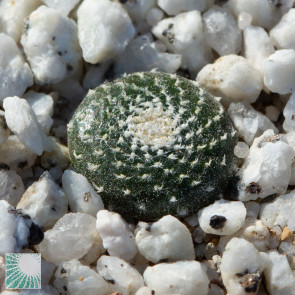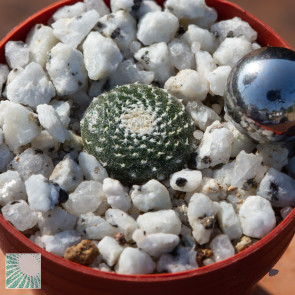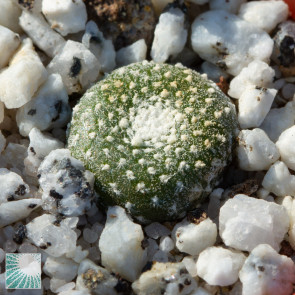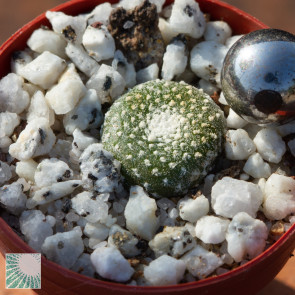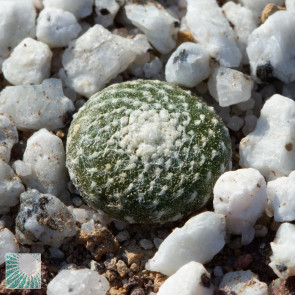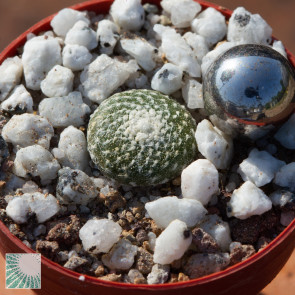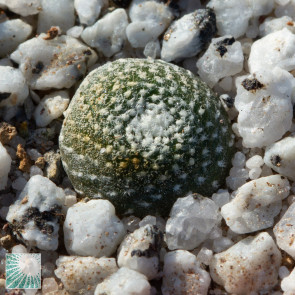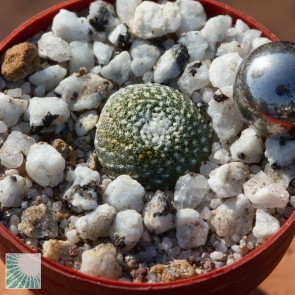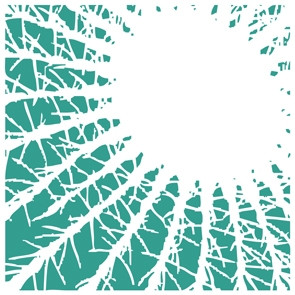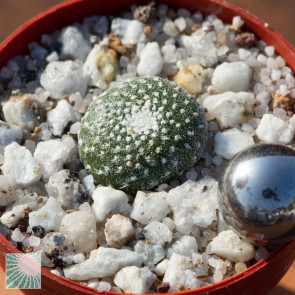Blossfeldia
In addition to being the smallest, Blossfeldia is also the strangest of cacti, since its life cycle takes place similarly to that of lichens, remaining dormant for years apparently completely dehydrated, to then come back to life, grow and multiply with the return of availability of water. Blossfeldia colonize rock cracks on cliffs in Bolivia and Argentina.
GROWING MEDIUM Mixture exclusively mineral of lapillus and pumice or natural soils. |
|
EXPOSURE Keep always in a sun-protected location (min. 50% shade). |
|
COLD TOLERANCE Freezing winter temperature with night low below 0 °C (32 °F). |
WATERING Water moderately waiting for the soil to dry. |
|
GROWING SEASON A summer cycle with growth from March to September. |
|
NUTRITION Fertilization low in nitrogen with NPK titre similar to 8:16:32. |
-
Blossfeldia cyathiformis
€12.00 -
Blossfeldia fechseri
Sierra Ambato, Argentina.
€12.00 -
Blossfeldia grandiflora
Bolivia
€12.00 -
Blossfeldia sp.
Padcaya, Tarija, Bolivia.
€12.00 -
Blossfeldia tarabucoensis
Tarambuco, Bolivia.
€12.00

